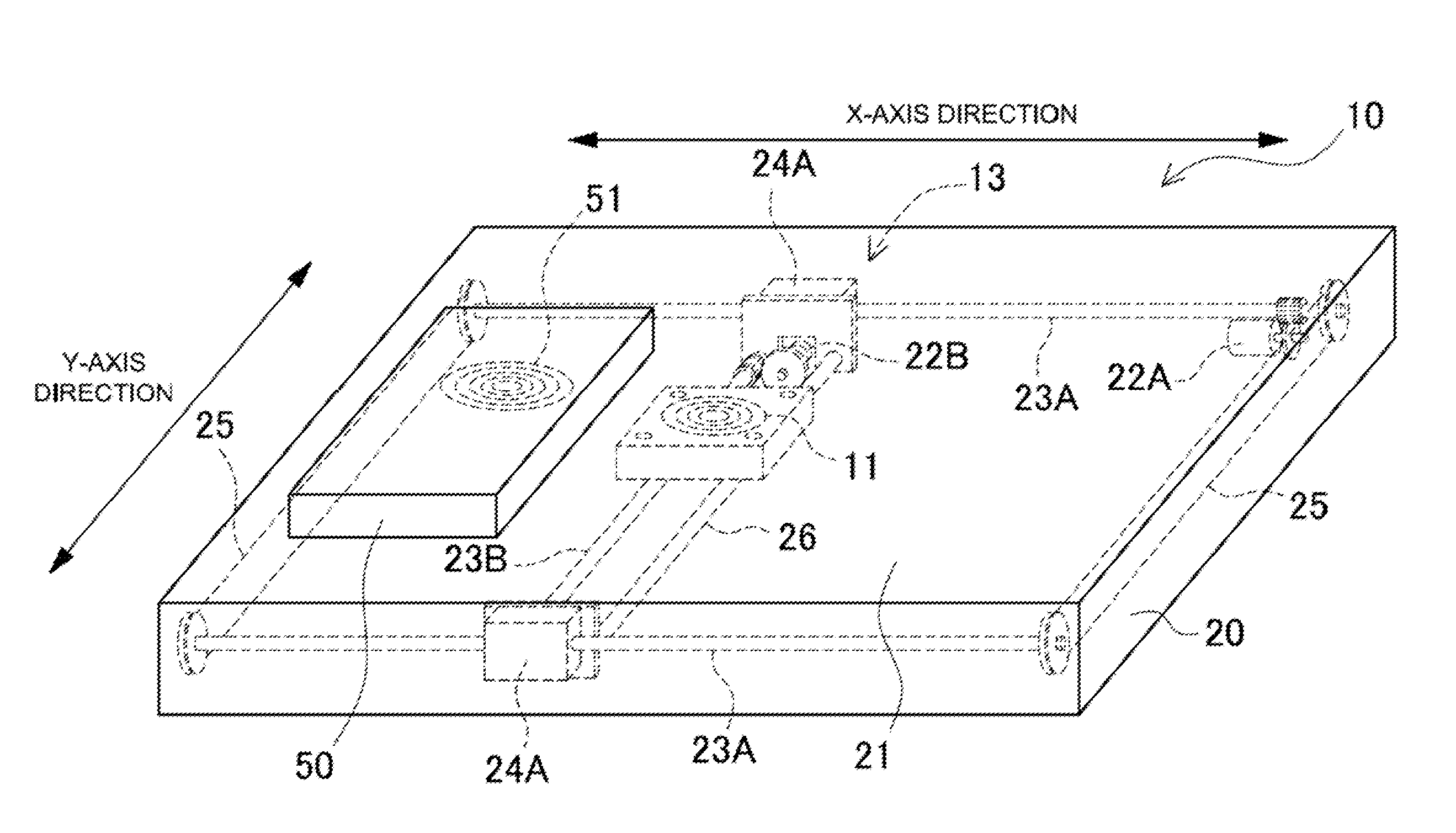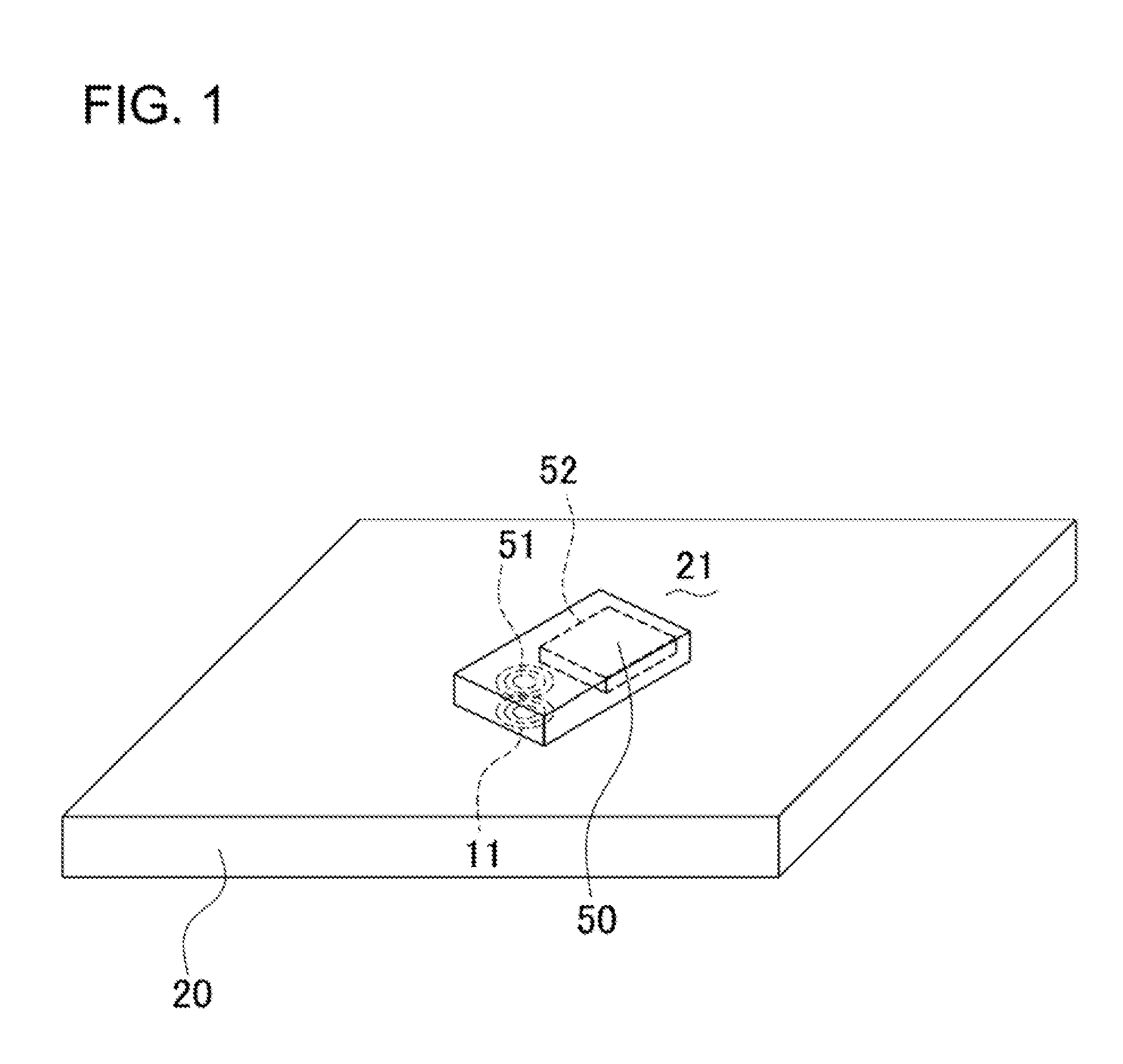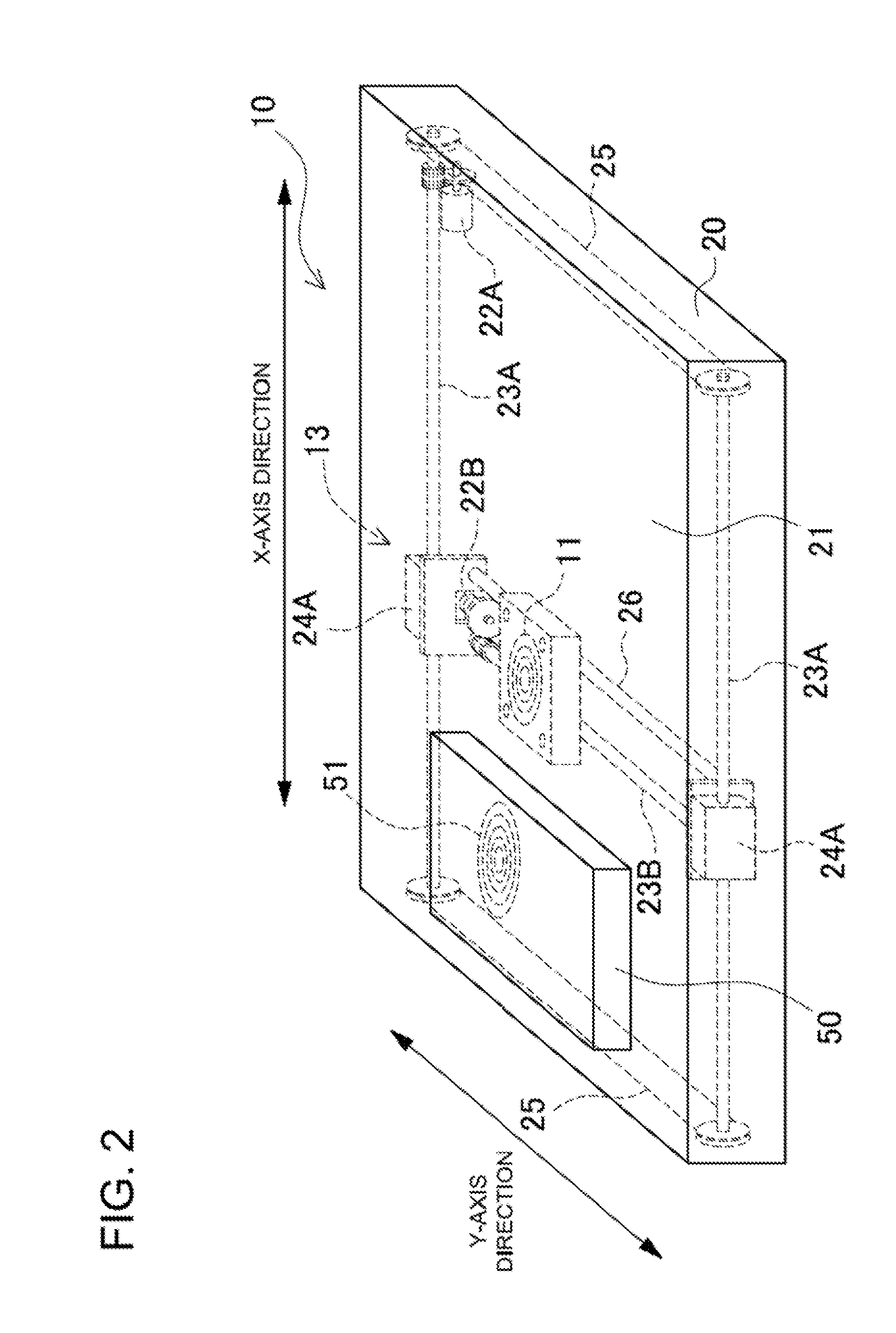Device housing a battery and charging pad
a technology for charging pads and devices, applied in electrical apparatus construction details, safety/protection circuits, transportation and packaging, etc., to achieve the effects of reducing the on-resistance of rectifying circuit elements, reducing voltage drop, and less heat generation
- Summary
- Abstract
- Description
- Claims
- Application Information
AI Technical Summary
Benefits of technology
Problems solved by technology
Method used
Image
Examples
Embodiment Construction
)
[0029]The following describes embodiments of the present invention based on the figures. However, the following embodiments are merely specific examples of a device housing a battery and charging pad representative of the technology associated with the present invention, and the device housing a battery and charging pad of the present invention is not limited to the embodiments described below. Further, elements indicated in the appended claims are in no way limited to the elements indicated in the embodiments.
[0030]FIGS. 1-7 show structural overviews and operating principle diagrams of the charging pad 10. As shown in FIGS. 1, 2, and 7, a device housing a battery 50 is placed on top of the charging pad 10 to charge the internally housed battery 52 via magnetic induction. The device housing a battery 50 contains an induction coil 51 that magnetically couples with the power supply coil 11. The internally housed battery 50 is charged by power induced in the induction coil 51.
[0031]FI...
PUM
 Login to View More
Login to View More Abstract
Description
Claims
Application Information
 Login to View More
Login to View More - R&D
- Intellectual Property
- Life Sciences
- Materials
- Tech Scout
- Unparalleled Data Quality
- Higher Quality Content
- 60% Fewer Hallucinations
Browse by: Latest US Patents, China's latest patents, Technical Efficacy Thesaurus, Application Domain, Technology Topic, Popular Technical Reports.
© 2025 PatSnap. All rights reserved.Legal|Privacy policy|Modern Slavery Act Transparency Statement|Sitemap|About US| Contact US: help@patsnap.com



